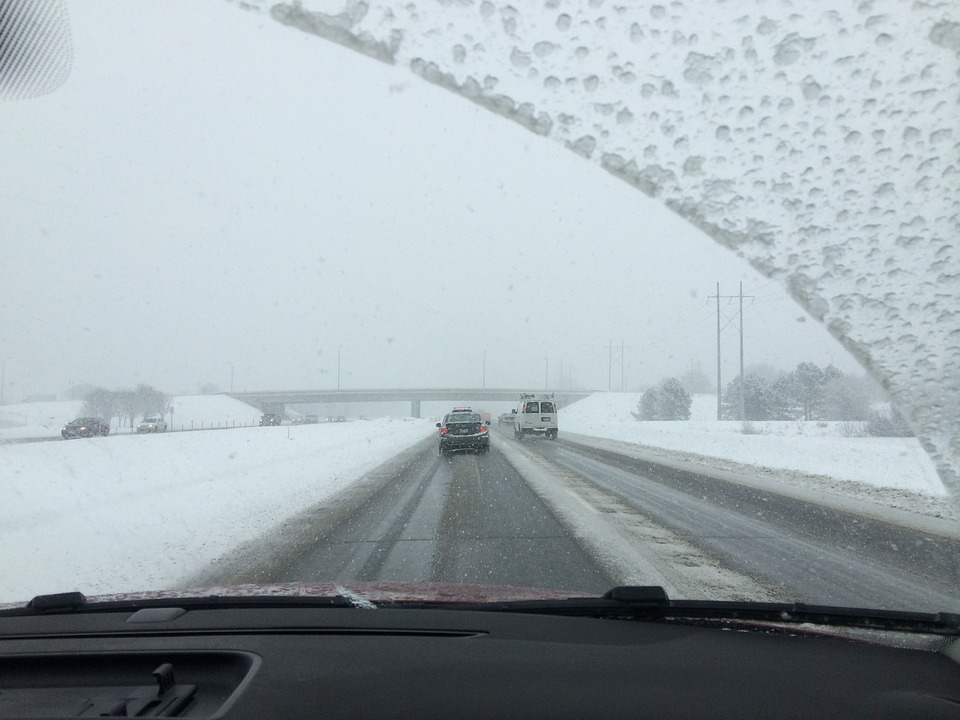
Black Ice 101: Tips to Help Keep You Safe on the Roads this Winter Driving Season
 As if snowy winter commutes weren’t difficult enough, black ice adds another level to winter driving stress that only those who have experienced it before can truly understand. What might be the worst thing about black ice is that while drivers can anticipate a snow drift ahead of time, drivers often don’t realize the invisible black ice is present and they’re at risk of hitting some and losing control of their vehicle until it’s too late and they’re already in trouble. Below we’ll explain how black ice forms, how you can spot areas and conditions which are favourable to black ice forming, and give some tips on what to do if you find yourself hitting black ice, so you can keep yourself and your passengers safe when driving in the winter. So what causes the clear ice that hides in plain site on dark surfaces? There’s three ways black ice can form.
As if snowy winter commutes weren’t difficult enough, black ice adds another level to winter driving stress that only those who have experienced it before can truly understand. What might be the worst thing about black ice is that while drivers can anticipate a snow drift ahead of time, drivers often don’t realize the invisible black ice is present and they’re at risk of hitting some and losing control of their vehicle until it’s too late and they’re already in trouble. Below we’ll explain how black ice forms, how you can spot areas and conditions which are favourable to black ice forming, and give some tips on what to do if you find yourself hitting black ice, so you can keep yourself and your passengers safe when driving in the winter. So what causes the clear ice that hides in plain site on dark surfaces? There’s three ways black ice can form.
- When daytime temperatures rise and snow on the roads and shoulders of the roads begins to melt, the roadway becomes wet. When the temperature then drops back to freezing temperatures the water covering the road surface freezes clear.
- Winter makes most think of snow, however, if temperatures are at the right level there is a chance of rainfall. When it rains, roadways become covered in water and puddles form which then freeze solid and clear when temperatures drop below the freezing point again.
- Moisture in the air condenses and forms fog or dew which then freezes on the road surface.
- If driving at night, be aware of any patches of pavement which are slightly darker than the rest of the road.
- If driving during the daytime, look for glossy, wet-looking patches of road in or around shaded parts of the road where the sun doesn’t shine, making the temperature much lower than spots with sunshine reaching them.
- You can also use the other vehicles on the road to help you identify whether there may be black ice present. If the roads are glistening like they’re wet and tires from the vehicles ahead of you are spraying up water, there likely isn’t black ice. If there’s no spray despite the roads looking wet, watch for the darker patches of the road as black ice may be present.

